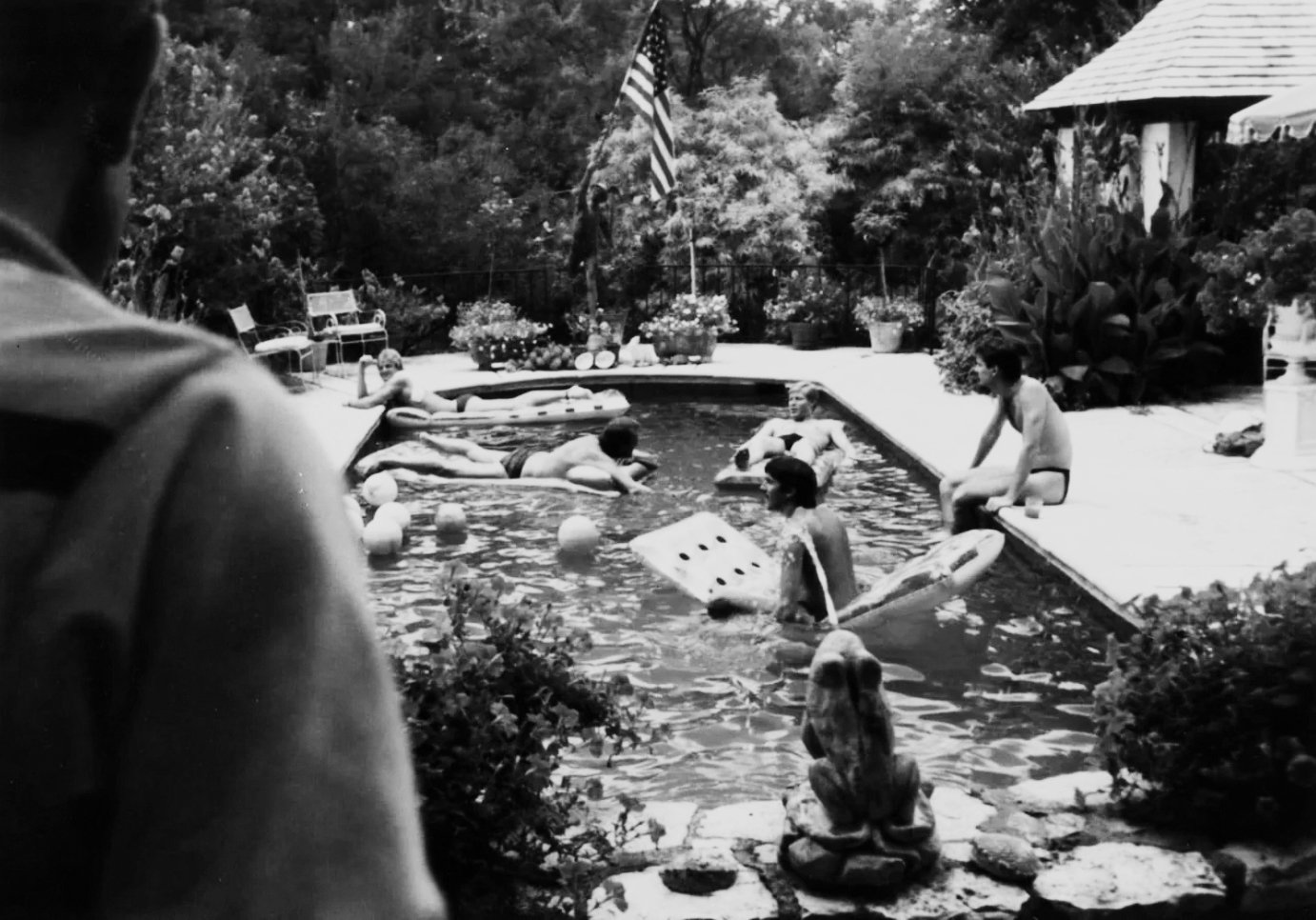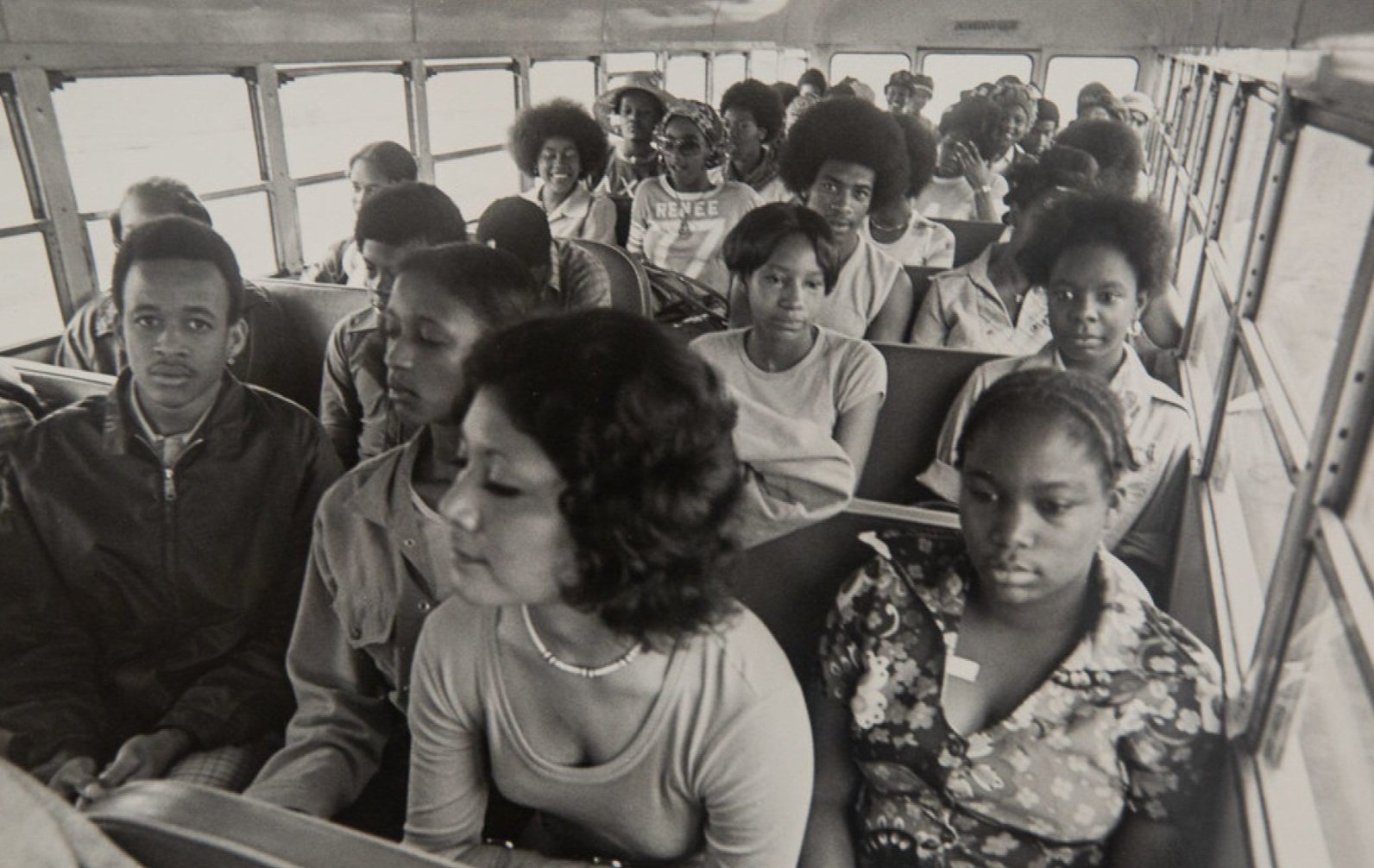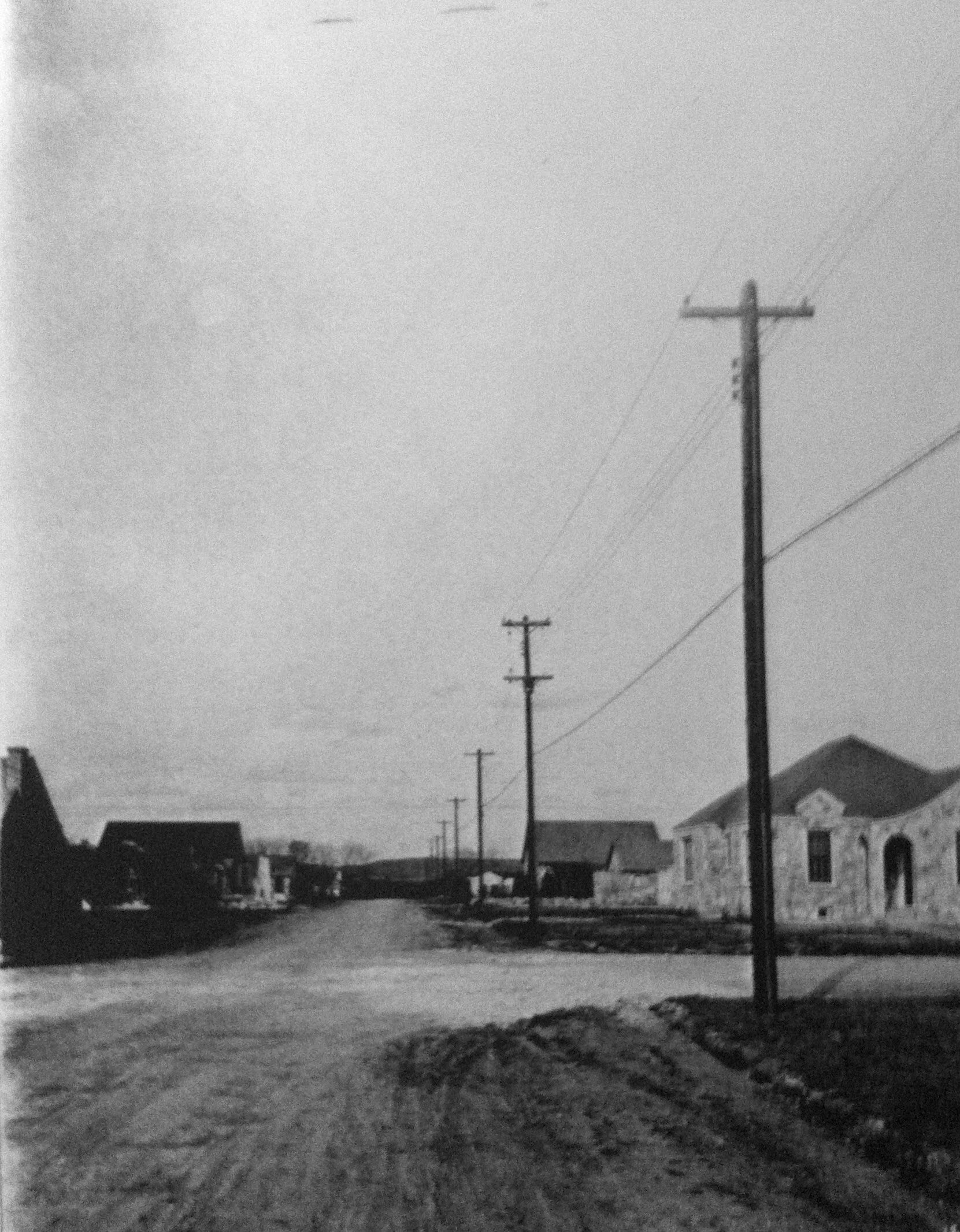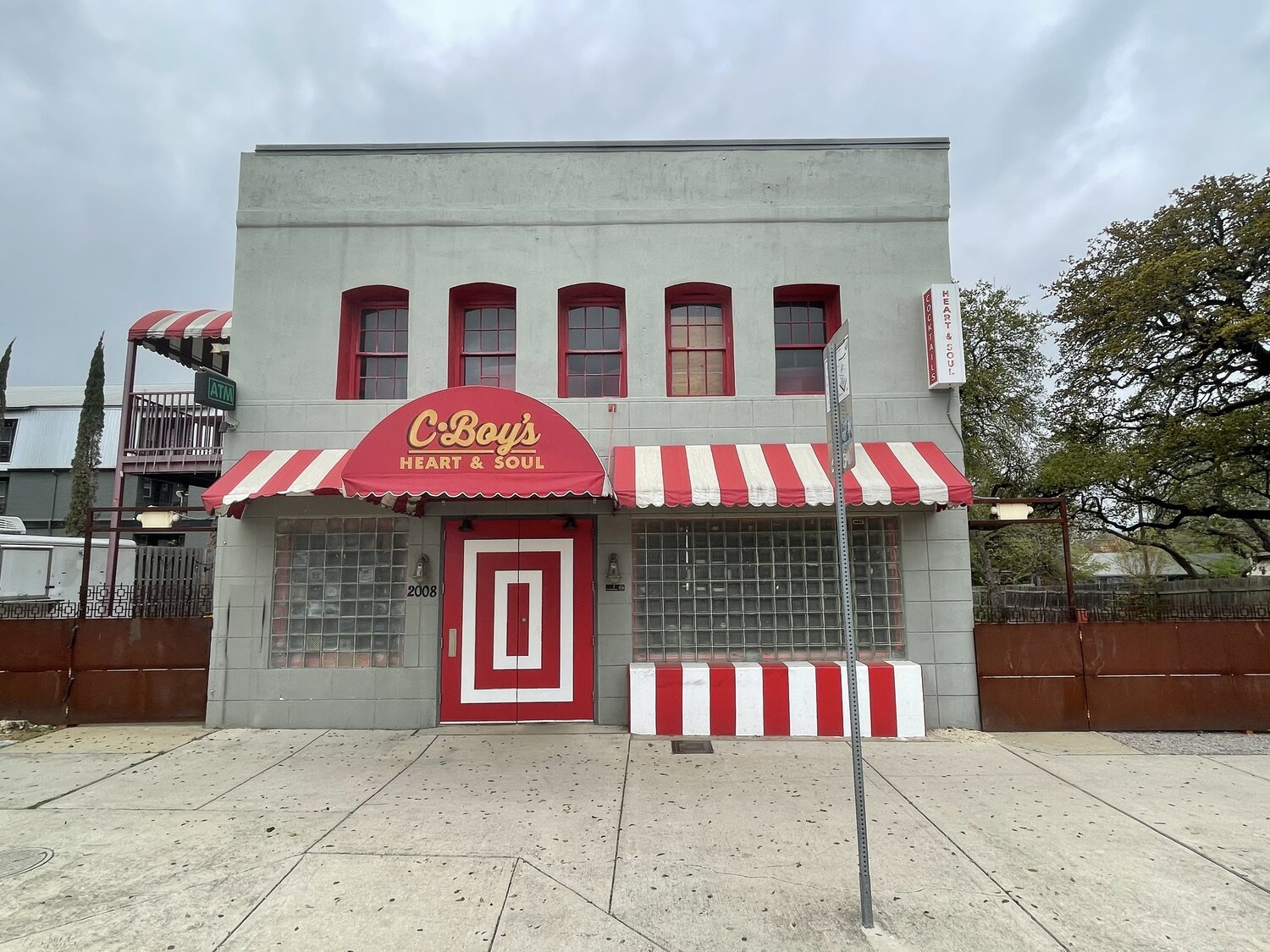
News
Stay in the Know
Preservation Austin turns ideas into actions that protect and promote Austin's distinct character, fostering vibrancy and growth. Join us as we keep you informed about proposed changes and share the latest news updates.
Why Austin Needs Local Historic Districts
Austin has been losing its historic structures and resources at a rapid pace, compelling several questions around historic preservation. Why do we preserve certain structures and sites, and how do we make those decisions? What tools do we have to preserve them? Among the most powerful tools at the disposal of preservationists to combat demolition are local historic districts.
Last Days of Dry Creek Cafe
Dry Creek Cafe & Boat Dock, a beloved dive bar that has nurtured cedar choppers, hippies, UT students, and everyone in between for nearly seventy years, is set to close on October 31, 2021. This legacy business’s storied history makes it an unforgettable Austin treasure.
Reimagining Austin’s French Legation
In honor of the recent re-opening of the French Legation Historic Site, read about the Texas Historical Commission’s vision for the future of Austin’s oldest remaining home.
Losing a Community Catalyst: The Closure of L.C. Anderson High School
In 1954, the Supreme Court ruled in Brown v. Board of Education that public school segregation was unconstitutional, leading to the eventual closure of L.C. Anderson High School.
Separate But Equal in Austin: L.C. Anderson High School
L.C. Anderson High School was Austin’s only high school for African American students during the era of segregation.
Neighborhood History: Rosedale
Learn more about the history of Austin’s Rosedale neighborhood.
Former Auto Parts Store, Dive Bar and Flop House Transform to C-Boy’s Heart & Soul on Congress
South Congress Avenue has changed and undergone many iterations and name changes over its 135+ year history. Learn more about the history of South Congress and the rehabilitation of C-Boy’s Heart & Soul.
Michael Butler & the Butler Brick Legacy
Butler bricks were Austin’s building blocks. Most of the brick structures constructed in Austin from 1873 until 1912 used Butler’s “Austin common” buff bricks, manufactured from the alluvial clay deposited by the Colorado River.








